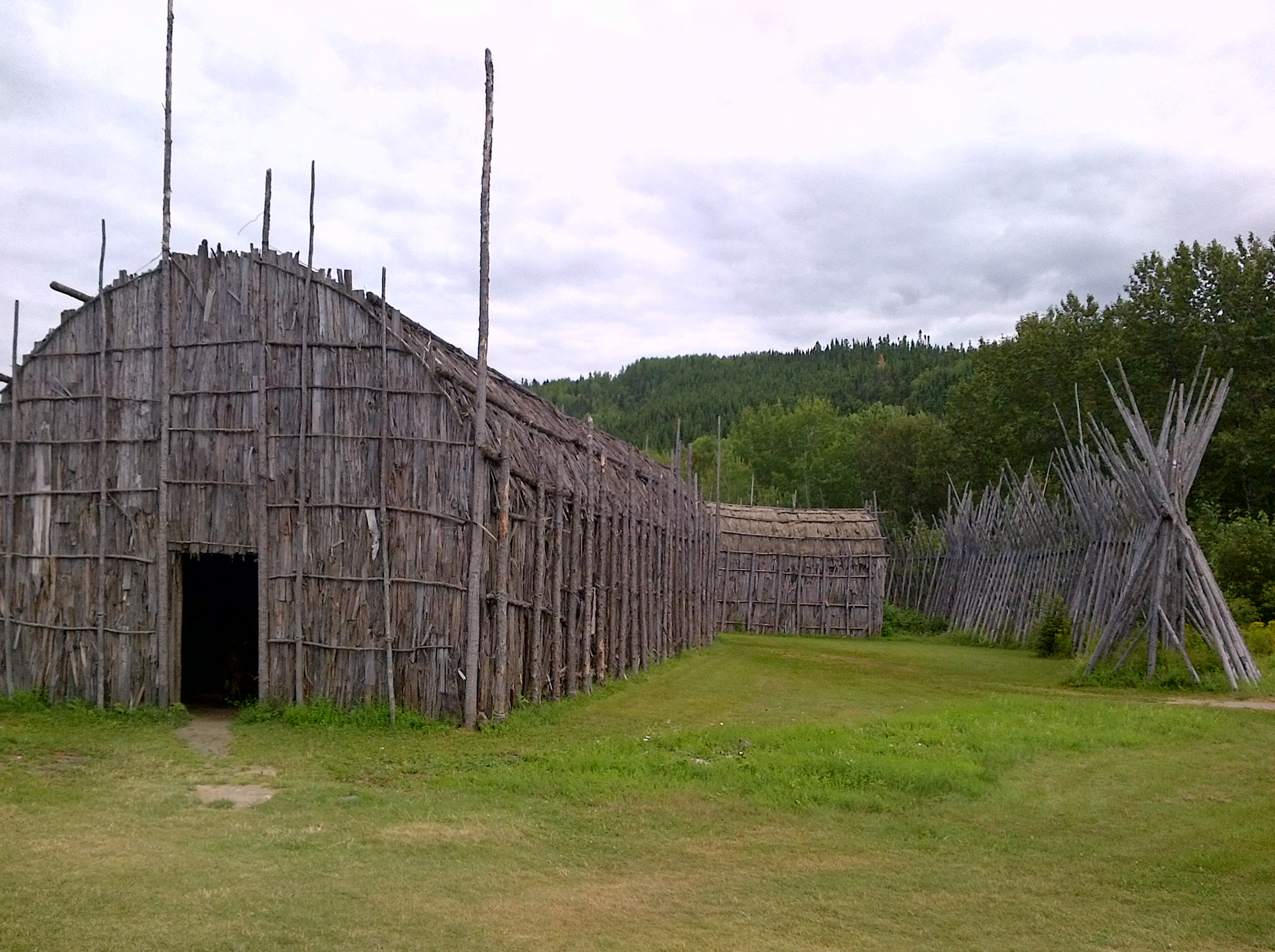 |
| On the left, John Donne, 17th-century
poet and priest, painted by an unknown artist circa 1595. On the right, William Shakespeare,17th-century poet, playwright, and wearer of a stylish earring, attributed to John Taylor circa 1610. |
Good friends, 'tis the four-hundredth anniversary of William Shakespeare's death (
and possibly his birth as well). As avid members of the Shakespeare fandom celebrate the Bard's legacy across the Internet (and Anti-Stratfordians raise a clamor of unnecessary consternation on behalf of the
real author of Shakespeare's plays, who is undoubtedly Francis Bacon/Edward de Vere/Christopher Marlowe/
a time-travelling Lin-Manuel Miranda), I asked the characters of an ongoing project of mine what Shakespeare means to them.
"Why don't you ask him yourself?" said one necromancer, Miss Siona Donne. She promptly proceeded to throw open a curtain, revealing not only the zombie of her ancestor John Donne, but a Zombie William Shakespeare as well. (Zombies, in this universe, are well-possessed of their minds and do not require a diet of brains, barring the results of any fits of nostalgia they may have for
Tudor-era chicken-brain blancmange.)
This brought many, many questions to my mind. Is this the reason
Shakespeare's skull is missing from Holy Trinity Church? Didn't Shakespeare
put a curse on his grave, and if so, what would it do to our gutsy necromancer? What's the relationship between Zombie Shakespeare and Zombie Donne? And why would someone want to raise Shakespeare from the dead in the first place?
Of course, the only acceptable answer comes in the form of a short story.
Good
frend for Iesvs sake forebeare,
To
digg the dvst encloased heare.
Bleste
be the
man
that
spares
thes stones,
And
cvrst be he that
moves
my bones.
—epitaph
of William Shakespeare, inscribed on his grave at Holy Trinity Church














